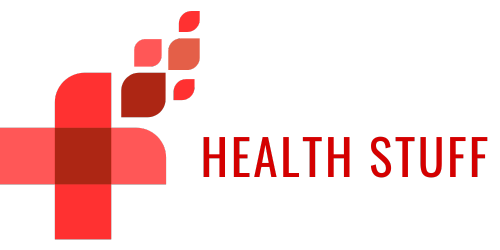No more call centers - Adopt new ways to talk with your patients
New means of communicating with patients
Throughout the development of healthcare systems around the world, one of the primary focuses of each new development was the process of communication with patients. One of the key aspects of patient-doctor and patient-healthcare service providers' relationships is not only communication but also trust. In this article, we are going to take a look at why call centers are the thing of the past, and we will explore new ways to talk with your patients. So, let us take a close look at some of the main downsides that come with call centers first, and then move on to more innovative ways of communicating with your patients.
Call centers - why are they becoming obsolete
Call centers have been around for a long time. However, although they have leveraged advanced technology for decades, and dispatched customers to the first available agents to interactive voice response systems, they did very little to make customers happy. With the constant development of technology, such as the mass adoption of smartphones, social media, and other digital platforms, customers and in turn, patients' expectations for communication were raised higher. Essentially, consumer-friendly apps changed customers’ expectations forever.
Even before the advancement of new, innovative ways of communication, call centers had their faults. The first one we have already mentioned is the dipping customer satisfaction. Another one is the language barrier. Agents may lack the cultural awareness or fluency to accurately and properly converse with each patient. This can be a big problem, especially in healthcare, where every information can be crucial. In addition to this, call centers cannot function 24/7. Moreover, without proper training and professional agents, a lack of devotion while managing multiple clients is quite common.
Overall, call centers have served as means of communication with patients for quite a while now. However, with the constant development of technology and digital tools, the need for better, more fluent, as well as personal communication, appeared. Let us now take a closer look at some of these new more innovative ways of maintaining communication with your patients as well as building better trust.
Adopting new ways to talk with your patients
To begin with, we have already mentioned the importance of new, digital platforms and media as means of communication today. The explosive takeover of smartphones has definitely changed the way in which we communicate on a daily basis. When you add AI and the current development of machine-learning programs, you get new ways of communicating with your patients which are more effective than call centers. Let's take a look at the scheduling for example.
One of the biggest annoyances that patients are the scheduling process in healthcare. The waiting times can often be extremely high, the agents responding may not seem interested, and overall patient satisfaction is very low. Furthermore, the chance of missed appointments is higher as there are no real ways of rescheduling through call centers other than, of course, contacting the center and going through the same process again. However, with AI-powered digital platforms, the process is much faster and a lot smoother. A proactive confirmation service, backed by a natural language processing engine, built exclusively for health interactions, can help manage and remember appointments, shifts, as well as reschedule when necessary. Patients will get their notifications on their phones or computer on time and right on schedule. This kind of service allows patients to gain access to health care services providers instantly and at any time of the day. Remember, one of the biggest downsides of call centers is that they usually cannot be active 24/7. AI-powered apps and services, on the other hand, offer patients the ability to communicate with their healthcare services providers and get the needed info at any moment.
The power of AI is beginning to show more and more. AI is not only being used more frequently in healthcare but in many other areas of life as well. A natural language processing engine, built 100% to manage health interactions, can offer patients access to a more innovative, efficient, and faster way of communicating with their health care services providers. Through various apps and digital platforms, healthcare service providers can form better preventive campaigns, lower the waiting times, increase patients' satisfaction, and manage medical blocks and canceled appointments.
Increasing patients' satisfcation
Through new means of communication, using digital platforms and services powered by AI software and engine, healthcare services providers around the world have the ability to increase their patients' satisfaction. Mainly, this is due to the fact that the response that patients get through these services and digital platforms is instant. There are no delays and the information is always accurate. If there happens to be a rescheduling, the patient is immediately notified through an automated message sent on platforms such as e-mail, WhatsApp, or others, and the patient can respond with a new time for the new schedule.
Aside from this, a proprietary natural language processing engine in the form of AI has the ability to communicate with patients in ways that we thought were impossible until a few years ago. For example, through these services and digital apps, AI can communicate with patients on a more personal level. AI has the ability to form fluid and concrete conversations with each patient. In addition to this, AI can form a different approach to each patient. This greatly increases patients' satisfaction as well as trust.
To conclude
So, in summary, call centers are slowly being replaced by more efficient means of communication with patients. As technology is developing, so are the means of communication. AI-powered digital platforms and services offer healthcare providers new and innovative solutions in ways in which they talk with their patients. While there are still improvements to be made, we can see how digitalization is slowly taking over and offering more efficient ways of communication that are fluent, clear, and timely both for healthcare services providers and patients.
 English
English Español
Español
